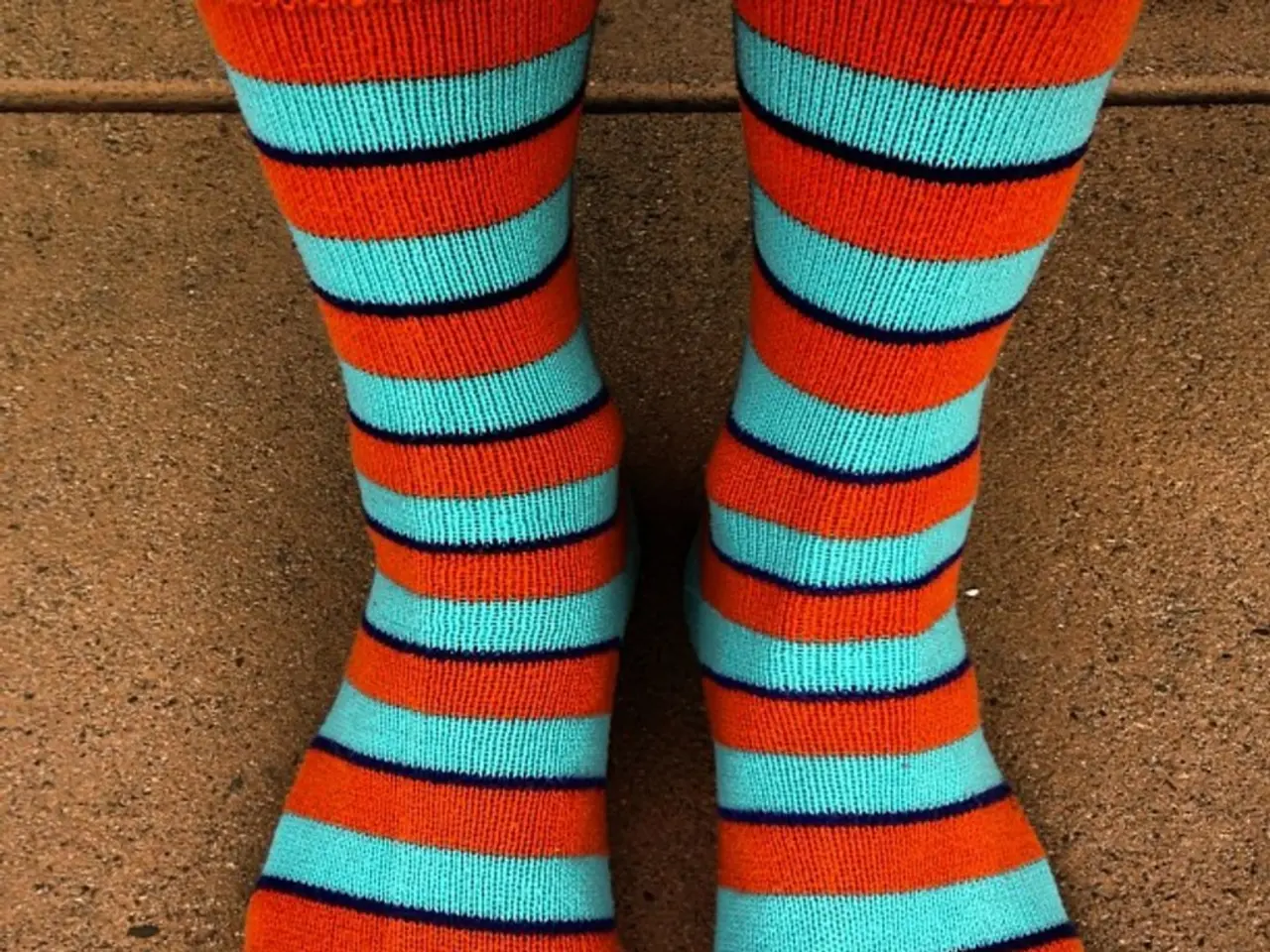Ensuring effective heat wave protection for residents in North Rhine-Westphalia is crucial.
As the climate crisis intensifies, the upcoming summer months in NRW are expected to bring extreme weather events, including heatwaves, posing significant health risks to older people, individuals with chronic illnesses, and other vulnerable populations. SPD state parliamentarian Sonja Bongers has emphasized the need for action to protect all people from these risks.
To address these concerns, workplaces are advancing from manual to technology-driven heat safety programs combined with strong emergency preparedness, training, hydration, and environmental controls. These measures aim to protect workers from extreme heat and UV exposure.
Employers are advised to start with a thorough heat risk assessment in the workplace, utilizing sensors that monitor heat index, temperature, humidity, and related factors like Wet Bulb Globe Temperature (WBGT) to get accurate heat stress data. Based on this assessment, heat safety programs and policies can be developed.
These programs should include comprehensive Heat Injury and Illness Prevention Programs (HIIPP), which identify hazards, monitor heat levels, implement engineering controls, administrative controls, and emergency response plans. Clear heat alert thresholds should be set, linking specific actions such as adjusting work schedules, increasing breaks, or enhancing hydration protocols to the heat levels.
Engineering controls can provide cool-down areas with shade or air-conditioning, improve ventilation and humidity control, and isolate or shield heat sources at the workplace. Administrative controls and training can adjust work-rest cycles to include frequent, scheduled rest breaks, train employees to recognize symptoms of heat-related illness, and establish emergency procedures and first-aid coverage.
Hydration protocols are crucial, ensuring at least 1 quart of water per hour per employee during work in heat. Employees should also be encouraged to wear light-colored, loose-fitting, breathable clothing and to use sunscreen liberally and repeatedly throughout the day.
Regulatory proposals, such as OSHA's proposed workplace heat rule, would require employers to provide water, shade, paid breaks, and temperature monitoring, covering multiple industries and including indoor and outdoor workplaces. This rule would improve legal accountability for heat safety.
Regarding encouraging skin cancer screenings for employees amid UV radiation exposure, companies can integrate skin cancer prevention with heat safety programs. This can be achieved by educating employees about UV risks, encouraging regular self-examinations, offering on-site skin cancer screening events or facilitating access to dermatological exams via health benefits, promoting sunscreen use and protective clothing policies during outdoor work hours, and providing incentives or awareness campaigns during summer months to motivate employees to undergo professional skin examinations.
Bongers supports the model heat protection plan for hospitals and nursing homes presented by the Federal Ministry of Health in NRW. All stakeholders, including companies, should be brought to the table for this. The state government is urged to take measures based on the knowledge of the risks and problems associated with extreme weather events and heatwaves.
Recent floods in multiple federal states have occurred, emphasizing the impacts of the climate crisis. It is crucial that the state government addresses these health risks associated with extreme heatwaves to ensure that everyone, particularly vulnerable populations, can work safely during the upcoming summer months.
References:
[1] Occupational Safety and Health Administration (OSHA). (n.d.). Heat illness prevention campaign. Retrieved from https://www.osha.gov/heat-illness/index.html
[2] National Institute for Occupational Safety and Health (NIOSH). (n.d.). Preventing heat illness in outdoor workers. Retrieved from https://www.cdc.gov/niosh/topics/heatstress/index.html
[3] World Health Organization (WHO). (n.d.). Preventing heat-related illness and death. Retrieved from https://www.who.int/occupational_health/publications/occupational_hazards/heat/en/
[4] American Conference of Governmental Industrial Hygienists (ACGIH). (n.d.). Threshold Limit Value for Time-Weighted Average of Wet-Bulb Globe Temperature (TWBGT). Retrieved from https://www.acgih.org/resources/tlvs/temperature-limits/wet-bulb-globe-temperature
[5] Occupational Safety and Health Administration (OSHA). (2021, June 16). OSHA proposes updating its heat illness prevention rule. Retrieved from https://www.osha.gov/news/newsreleases/heat-illness-proposal-06162021
- The escalating climate change concern has raised issues about medical-conditions and health-and-wellness, particularly during extreme heatwaves, which are expected in the upcoming summer months in NRW.
- In light of these complications, the emphasis is on adopting advanced technology-driven skin-care measures to shield against UV exposure, as part of a comprehensive environmental science approach to heat safety.
- Companies are encouraged to integrate skin cancer prevention strategies with existing heat safety programs, which could involve educating employees on UV risks, providing on-site screenings, and promoting the use of sunscreen and protective clothing.
- It's vital for the state government to address these skin-conditions and health-related risks associated with climate change to ensure everyone, especially vulnerable populations, can work safely during the summer months and contribute to a healthier environment.




